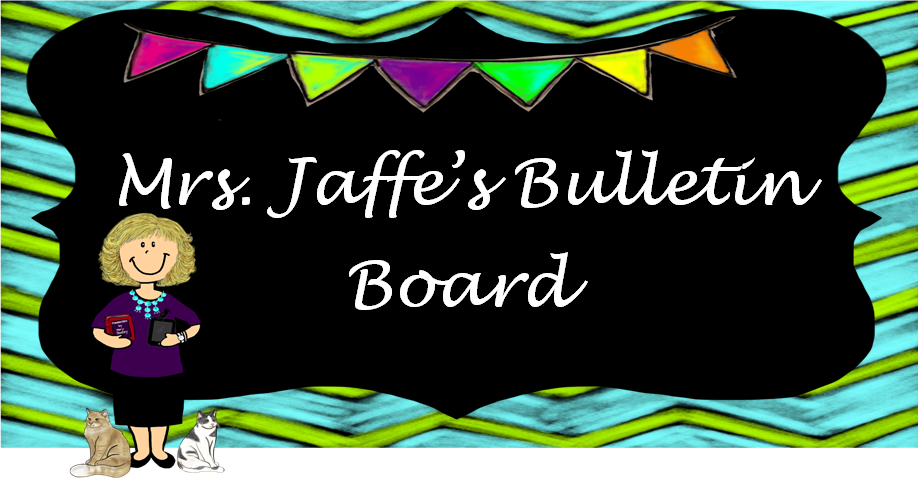Lego figurines, masks, dolls, and toy food. Could this be English class? Yes!! Over the last week, students have been busy filming trailers using the iMovie app. The process began with each group selecting a short story (from the five stories that were read for class) and creating a trailer that would establish the story's setting, protagonist, and primary conflict. By selecting a complementary trailer template and music, students also demonstrated their understanding of the story's mood. Throughout the process, students were collaborating, problem-solving, and using technology in a meaningful way. Upon completion, each trailer was assigned a QR code. These codes are displayed on our "Readbox," giving students and parents the opportunity to link to all of the trailers. I've included a few of the trailers below. Enjoy!
Noa and Celia's trailer for the short story, "The Most Dangerous Game" by Richard Connell.
Hannah and Skylar's trailer for the story, "The Sniper" by Liam O'Flaherty.




















